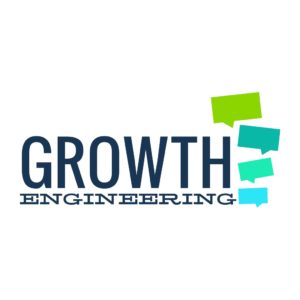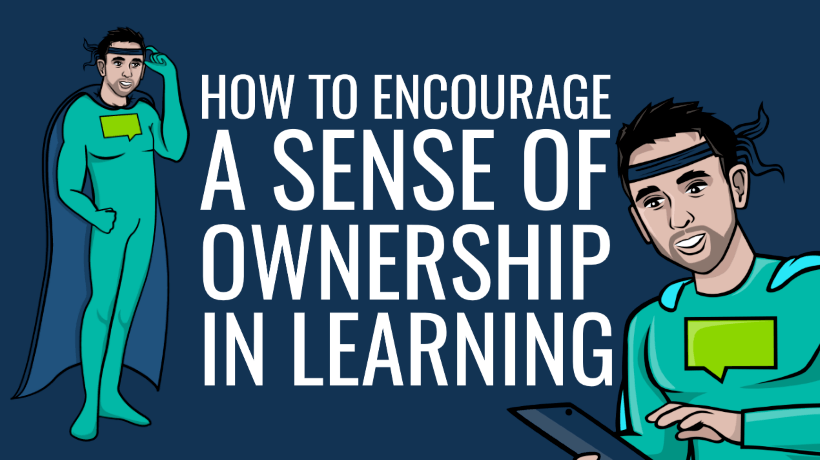How To Encourage A Sense Of Ownership In Learning
For years, educators in all fields have placed a lot of faith in ineffective training models. The traditional approach to training is lacking in many ways1. It doesn’t acknowledge that learners are all different people with different needs. It doesn’t take advantage of the intellectual capital in the organization. Worst of all, it offers no autonomy and doesn’t give the learner a chance to take charge of their own development.
A modern learning platform needs to cater for the modern learner. With the rise of the internet, they’re used to finding the information they need quickly and easily. Moreover, they’re used to wandering off on tangents to satisfy their curiosity. As a learning manager, this curiosity is one of your biggest allies. Why force learners to complete lengthy, possibly irrelevant eLearning units when you can give them a rich and stimulating learning environment?
Luckily, there are some learning platforms that help create experiences that learners want to explore at their own pace. With the right technology, learners can forge their own training journey and take control of their professional development. Here are a few tips to help you create a sense of ownership in learning.
1. Tie To The Organization’s Vision And Values
First, your platform and the content within it need to reflect the values of your organization. This is important from a branding standpoint, but it has larger, less obvious benefits. The vision of the company is central pillar around which your training program should be built. If your learners use a system that’s created with your vision and values in mind, the experience will show them what’s important, even if they’re not taking learning content.
This is why it’s important that your platform has plenty of customization options. It needs to look familiar and it needs to communicate the vision of the company at every opportunity. With enough options, there’s nothing stopping you from weaving a narrative that places each learner at the center of their own story.
2. "What’s In It For Me?" Highlight The Epic Meaning
It’s all very well communicating your company’s vision, but that’s only half the battle. You need to make sure that the organizational goals are aligned with the individuals’ goals. Learners need to see that their role is vital to the company’s success. They also need to see how that success impacts their own personal development.
Clear learning pathways let the learners see where their work will ultimately lead them. Simple features like progress bars are used by companies like Linkedin and Dropbox2 to encourage completion and improve engagement. Their success can easily be replicated in a Learning Management System. This gives the learners a clear picture of where they are and how far they need to go, which is often all you need to keep them returning.
3. Encourage Knowledge Sharing
You could spend thousands on creating formal content for your learning platform, but it’ll never come close to the knowledge that exists within your learners. If you really want to put them in control of their training, you need to give them the chance to share their knowledge and learn from each other. This collaborative approach to learning generates a huge boost in engagement as learners discuss topics in greater depth. It also lets you capture organizational knowledge for use in future training initiatives.
Social functionality is a must for today’s learners. A social news feed gives them an area to share their knowledge and contribute to the training material. You can take it a step further by adding topic-specific discussion boards to the Learning Management System (LMS). Aside from getting the learners involved in the discussion, it also helps them find the training that really matters to them.
4. Make Expert Status Visible
In any organization, the learning department will work with Subject Matter Experts to help create the most relevant and accurate content. However, without a means of identifying them, many of these experts can remain hidden. If you can find them and give them a sense of ownership, they’ll become powerful allies.
With more advanced learning platforms, it’s possible to grant Expert status to any user. This is useful if other learners have specific questions as they can easily find the right person to ask. It’s also a great tool for fostering a sense of ownership. If learners can see that Expert status is up for grabs, they’ll have something to aim for. If they succeed in gaining status, they’ll be fully committed to the training program.
Final Word
If you want to motivate your learners to return to your Learning Management System again and again, giving them a sense of ownership is essential. There’s no real incentive to log on to a platform that’s only designed to spoon-feed the same generic content to everyone. Make your learners feel like the Learning Management System belongs to them and that they have a role in making it the best it can be. In doing that, your learners will also become their best selves.
Footnotes:









